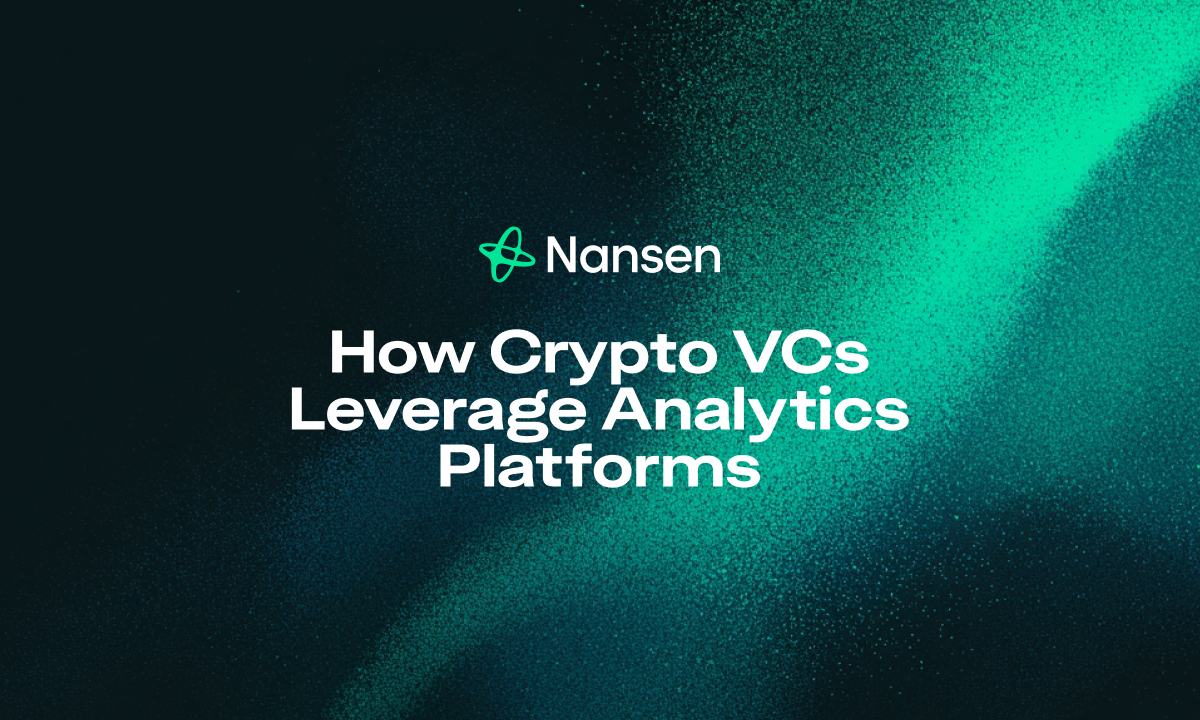Crypto venture capital (VC) firms increasingly rely on advanced analytics platforms to make smarter, data-driven investment decisions. These tools provide real-time, onchain insights into projects, markets, and user behavior, enabling VCs to identify promising opportunities, perform thorough due diligence, and manage portfolios effectively. By analyzing onchain metrics, social sentiment, and market trends, crypto VCs can better assess project fundamentals, anticipate market shifts, and mitigate risks compared to traditional research methods. This approach ensures their crypto investments are strategically sound and well-timed.
Deal Sourcing and Initial Screening with Onchain Analytics
One of the primary uses of analytics platforms by crypto VCs is deal sourcing and initial project screening. These platforms allow investors to efficiently sift through thousands of ventures and spot emerging trends that might otherwise go unnoticed.
Identifying Emerging Crypto Trends and High-Potential Projects
- Developer Activity: Monitoring GitHub commits, new code deployments, and the number of active developers helps identify innovative projects with ongoing development.
- Early User Adoption: Tracking new wallet addresses, daily active users (DAU), and transaction counts highlights projects gaining early traction.
- Social Sentiment & Community Growth: Analyzing mentions and engagement on platforms like X (formerly Twitter), Discord, and Telegram gauges public interest and community enthusiasm.
- Token Distribution & Whale Activity: Observing initial token distributions and large holder (“whale”) concentrations reveals potential selling pressure or strong early conviction.
Comprehensive Due Diligence and Valuation Using Onchain Data
After initial filtering, analytics platforms become essential for deep due diligence. Crypto VCs validate project claims, analyze intrinsic value, and understand its competitive position before committing capital.
Analyzing Fundamental Onchain Metrics
- Transaction Volume: Reviewing the value and count of transactions reflects real product usage and economic activity.
- User Retention & Churn: Measuring returning users and wallet activity over time assesses sustainability and growth potential.
- Protocol Revenue & Fees: Monitoring fees and revenue generation offers insight into economic viability, especially for dApps and Layer 1 protocols.
- Liquidity Analysis: Evaluating liquidity pools on decentralized exchanges, order books on centralized exchanges, and stablecoin flows helps determine market health and exit ease.
- Smart Contract Activity: Inspecting contract interactions, Total Value Locked (TVL), and security audits ensures code integrity and robust functionality.
Evaluating Competitive Landscape and Market Position
- Comparative Analysis: Benchmarking key onchain metrics against competitors reveals relative market positioning.
- Ecosystem Integration: Assessing interoperability and cross-protocol integrations highlights strategic importance and network effects.
- Exchange Flow Analysis: Monitoring token movements to and from centralized exchanges helps predict buying or selling pressure.
Portfolio Monitoring and Data-Driven Exit Strategies
Once invested, analytics platforms remain vital tools for ongoing portfolio oversight, risk management, and strategic exit timing.
Performance Monitoring and Risk Assessment
- Real-time Alerts: Alerts on price changes, volume spikes, or unusual onchain activity enable rapid response.
- Holder Distribution Shifts: Tracking changes in whale, institutional, and retail holdings helps gauge market sentiment and volatility risks.
- Project KPIs: Monitoring onchain indicators like dApp usage, NFT sales, and gas fees assesses operational health.
- Competitor Tracking: Keeping an eye on competitors’ metrics informs relative performance assessments.
Data-Backed Exit Decision Making
- Market Liquidity & Depth: Evaluating liquidity and potential market impact of large sales aids optimal exit timing.
- Valuation Multiples: Comparing valuation metrics (e.g., fully diluted valuation to revenue) against historical and industry benchmarks identifies over- or undervaluation.
- Sentiment and Activity Shifts: Detecting negative trends in community sentiment or developer engagement signals potential downturns.
Frequently Asked Questions
What types of analytics platforms do crypto VCs typically use?
Crypto VCs commonly use onchain analytics platforms like Nansen, Dune Analytics, Glassnode, and Messari. These tools provide deep blockchain insights, market trends, and project-specific data tailored to crypto investment needs.
Why are analytics platforms essential for crypto VC investments?
These platforms deliver transparent, immutable, and real-time onchain data unavailable through traditional means. This enables rigorous due diligence, validation of project claims, and quicker, more accurate decision-making grounded in data.
Can individual investors use these analytics tools?
Yes. Many platforms offer tiered access, making core analytics available to retail investors. While institutional clients may get advanced features, individual investors can still leverage these tools to make more informed decisions similar to professional VCs.
Unlock Smarter Crypto Investments Today
Harnessing the power of advanced analytics platforms is essential for any serious crypto VC aiming for data-driven investment success. Platforms like Nansen equip investors with unparalleled real-time insights into market dynamics, project fundamentals, and community sentiment—enabling smarter deal sourcing, robust due diligence, and effective portfolio management.
Experience the advantage of AI-powered onchain intelligence and elevate your crypto investment strategy with confidence.




